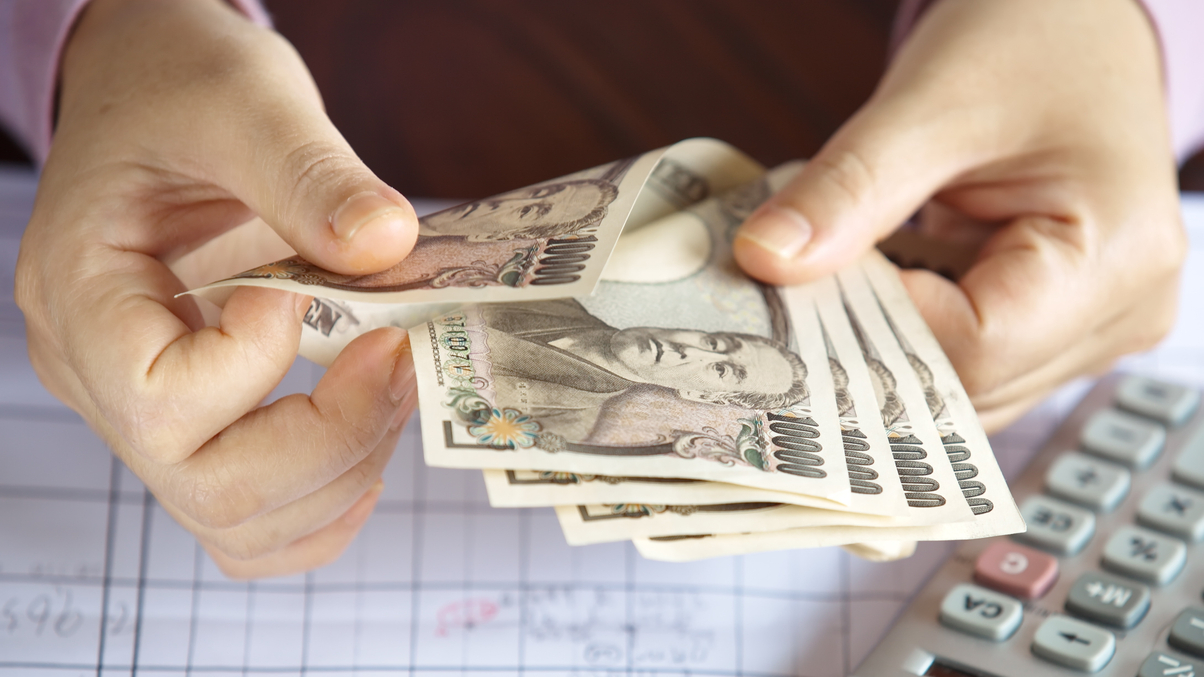Japanese savers count cost of shifting to DC pensions
The desire of companies in the country to switch from defined benefit to defined contribution pensions is throwing up challenges for savers.

As the cost of retirement in Japan grows, so its companies are seeking to reduce their responsibilities. A key way has been to adapt the corporate pensions of their employees from defined benefit to defined contribution schemes, as this means they take less responsibliity for them.
Sign in to read on!
Registered users get 2 free articles in 30 days.
Subscribers have full unlimited access to AsianInvestor
Not signed up? New users get 2 free articles per month, plus a 7-day unlimited free trial.
¬ Haymarket Media Limited. All rights reserved.


